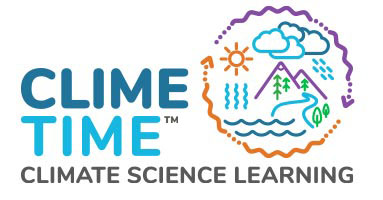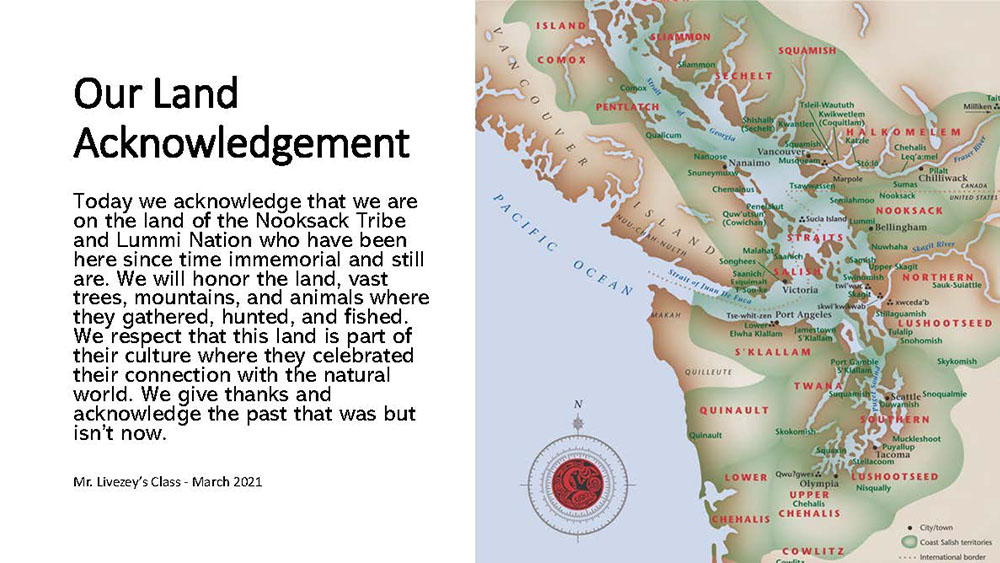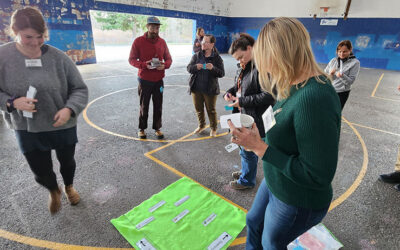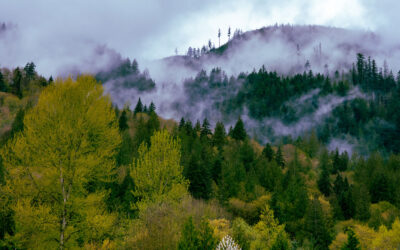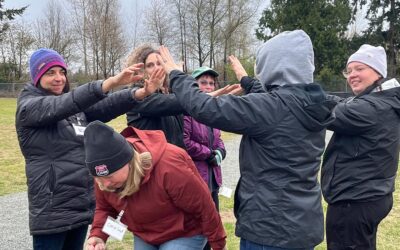By now, many know that the colonization myth we learned in school doesn’t tell the whole story of how the Americas were settled. In 1492, Christopher Columbus sailed the ocean blue, but what he discovered was not a “New World” — it was once inhabited by millions of indigenous people.
Living in villages, bands, and confederacies, their traditional territories spanned the entire continent. Indigenous people still live among us, yet how many of us could name the specific tribe or nation whose land we live on?
Our PD course “Teaching for the Climate” took a deep dive into this for teachers. We had them watch the following video to further understand what a Land Acknowledgment is.
Participating teachers embarked on a lesson to have students increase their understanding of a Land Acknowledgment and we shared this lesson plan.
One teacher, in particular, shared the process with course facilitators, stating that he used this lesson in conjunction with a unit where they were studying human settlement and digging into issues of colonization and indigenous peoples of the PNW, Whatcom County, and various perspectives.
“It was very simple, the kids created the language and I just puzzled it together and wordsmithed a little bit. Since we were remote, Seesaw was the platform where students drafted their ideas for it. It’s pretty amazing what these fourth graders learned this year. Our school has some “woods” next to it and every Friday I take our class there to explore and nature journal, sing songs for an hour. At the beginning of each session, we sit on the log benches and take 5 minutes to listen to nature and kids playing on the playground. I then ask volunteers to remember our land acknowledgment and share what they remember. It’s a great connection and reflective time before we get busy.”
In the last session of our PD course, we gathered virtually to culminate the course for teachers and invited Harmony Devaney, a local high school student and activist to share her poem “Anti-land acknowledgment”. This was a powerful call to action and cemented the need for teachers to institutionalize this important teaching.
